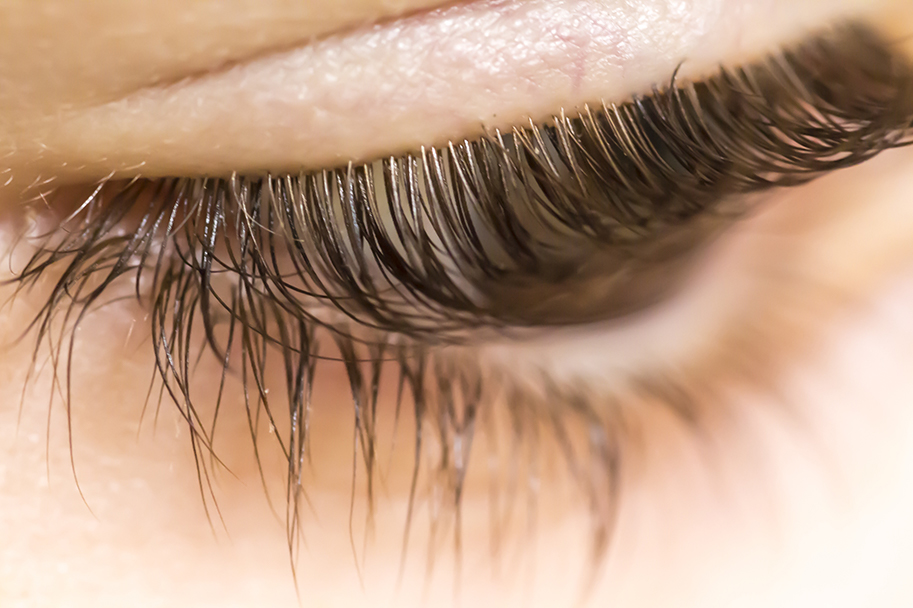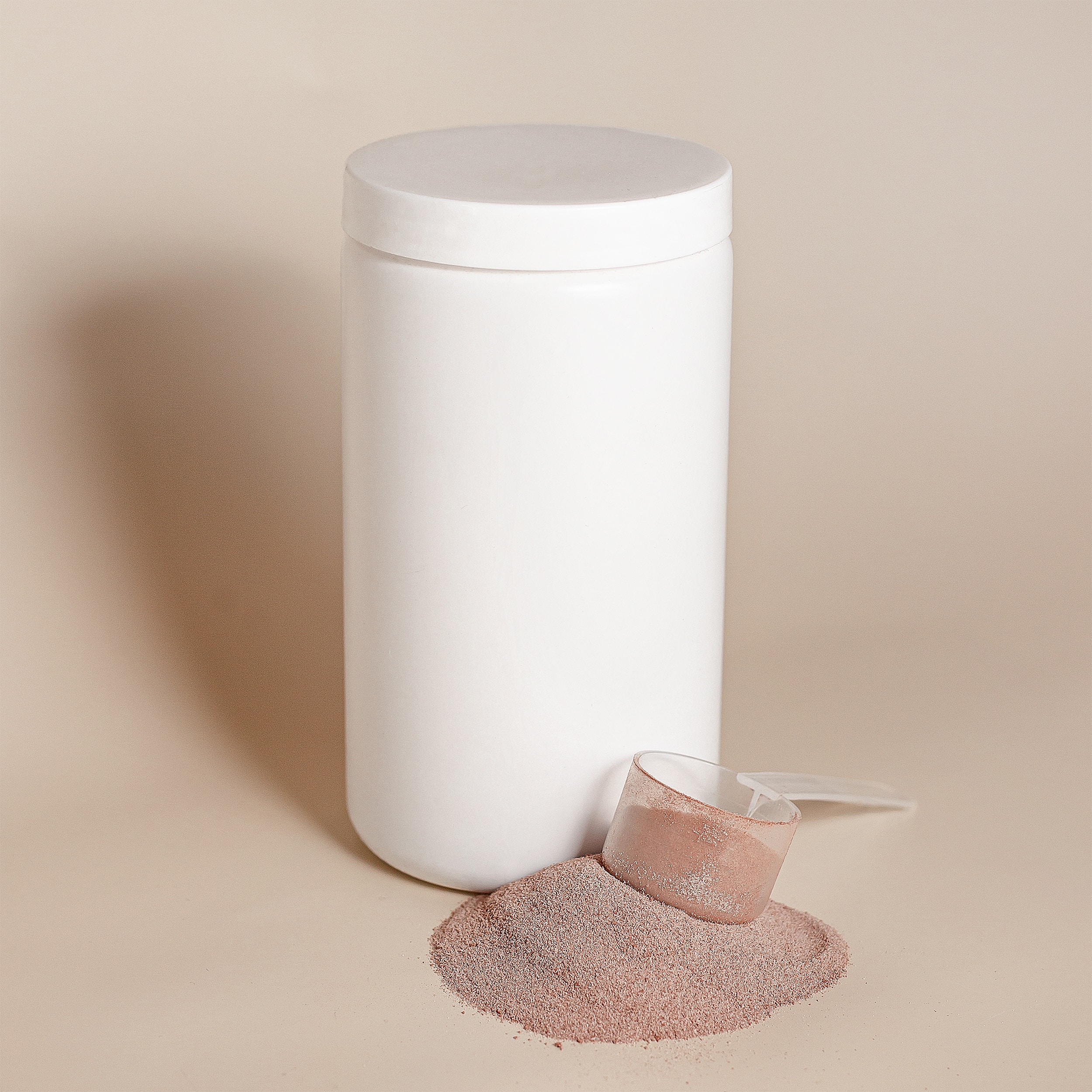
Everything you need to know about eyelashes
27th August 2019
When you were a child, if you spotted a stray eyelash on your cheek, your first instinct was probably to blow it away and make a wish, without a second thought – but, as an adult, noticing your eyelashes shedding isn’t quite so exciting!
Of course, just as the hairs on your head fall out and grow back as part of a cycle, so do your eyelashes. The growth cycle for an eyelash is much shorter – around three months – but it goes through the same three growth phases as the hair on your head.
Your lashes go through the anagen phase (active growth period), the catagen phase (transitional period) and the telogen phase (resting period). At any one time, around 90 per cent of your eyelashes are in the anagen phase – they grow around 0.16 millimetres a day!
It’s normal to lose between one and five lashes a day, so if you notice that you are regularly losing more, it’s worth considering the cause. If the loss is cropping up alongside swollen, red lids and an itchy lash line, you may have blepharitis, which is a common but irritating condition caused by clogged oil glands at the base of the eyelashes. Usually, it can be cleared up by keeping your eyelids clean – cotton wool soaked in warm water placed on the eye for 10 minutes helps – but if the irritation persists, it’s worth visiting a pharmacist or GP.
False eyelashes and eyelash extensions can also be the culprit, as the adhesives that glue them to the natural lashes creates tension, pulling them out as the fake lashes are removed. Just like any other hair follicle, if the eyelash is repeatedly plucked out at the root, they will stop growing. Bad beauty habits such as sleeping in mascara – which can clog the follicle and make your eyelashes brittle – and rubbing too hard when removing eye makeup (especially waterproof mascara) can also be damaging. Use gentle makeup removers and get into the routine of always taking it off before bed – and go makeup-free from time to time.
Alopecia areata, an autoimmune condition that causes hair loss, is a less common cause of eyelash loss. Unfortunately, there is no cure for alopecia, but it can be treated. Eyelash transplant surgery has been on the rise over the past few years, using hairs from the scalp. It’s a very precise, delicate procedure, as great care must be taken to make sure the lashes grow in the right direction and don’t scratch the eye, but it can be life-changing for those with medical conditions behind their eyelash loss – if you think this could be for you, we’re happy to discuss your options.
If you’re concerned that something else could be causing your eyelashes to fall out, it’s worth visiting your GP.


